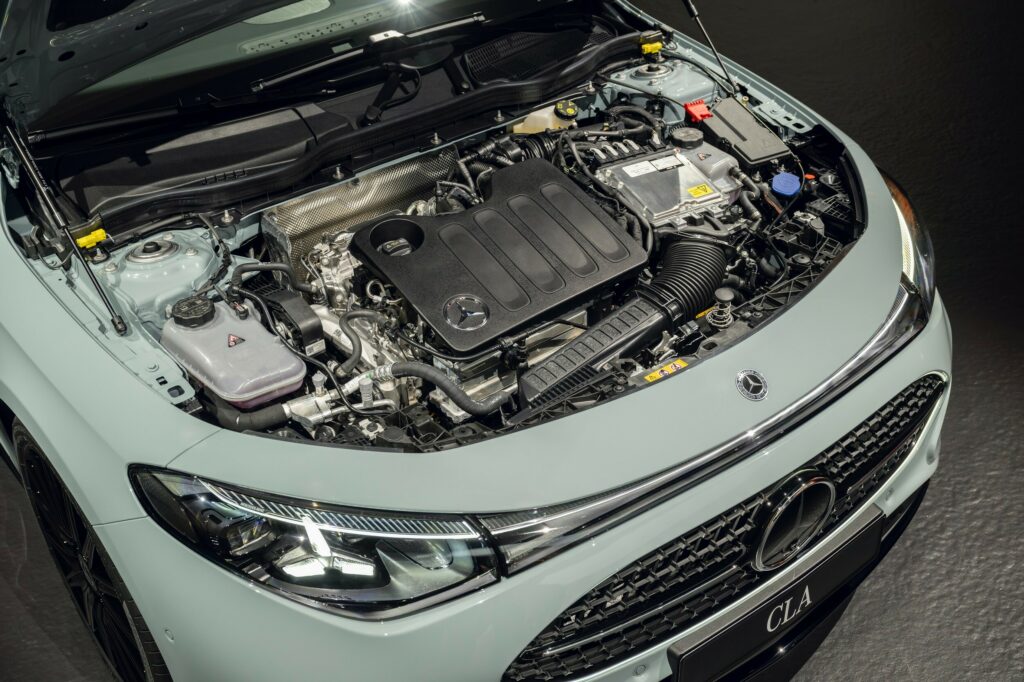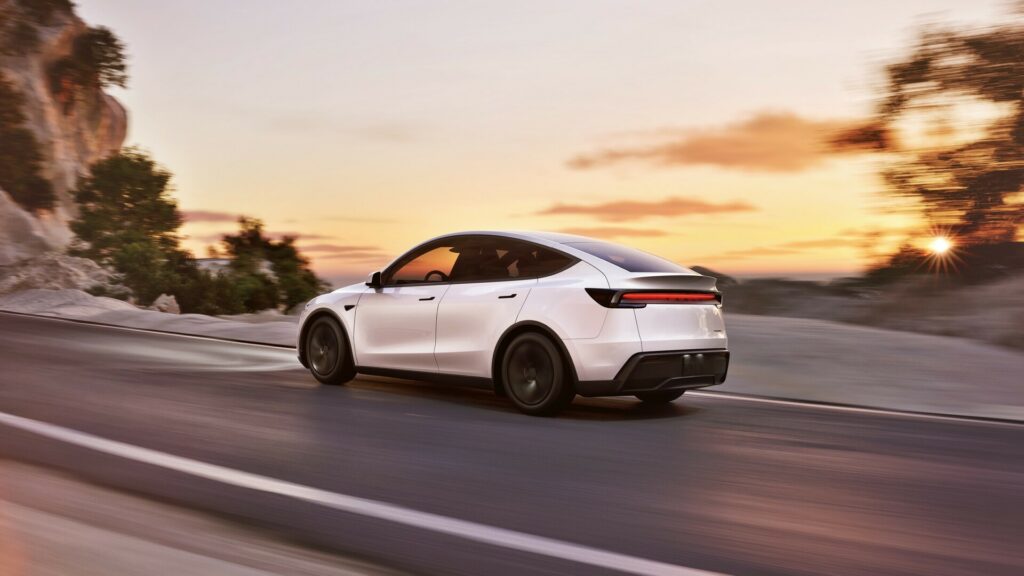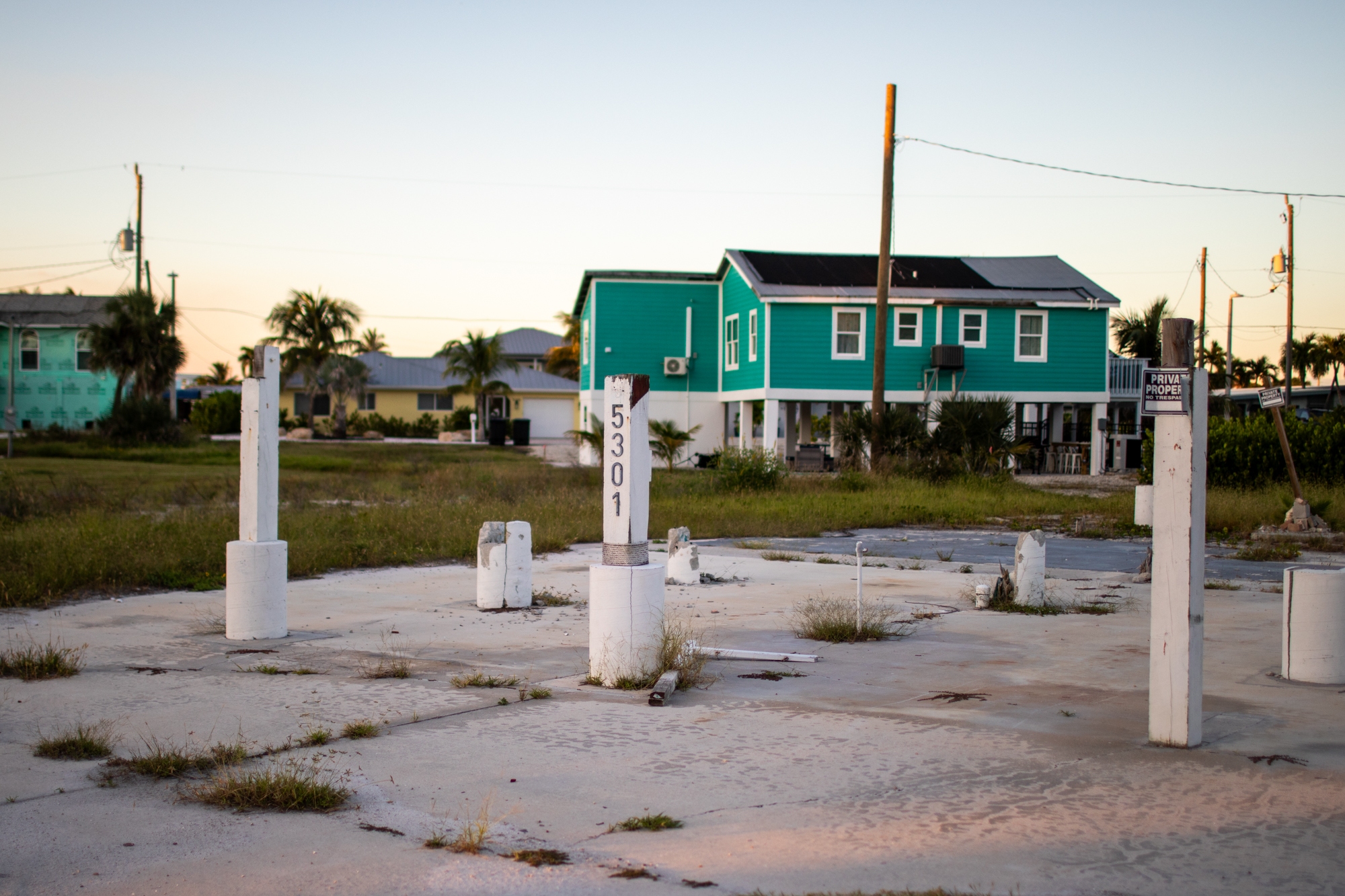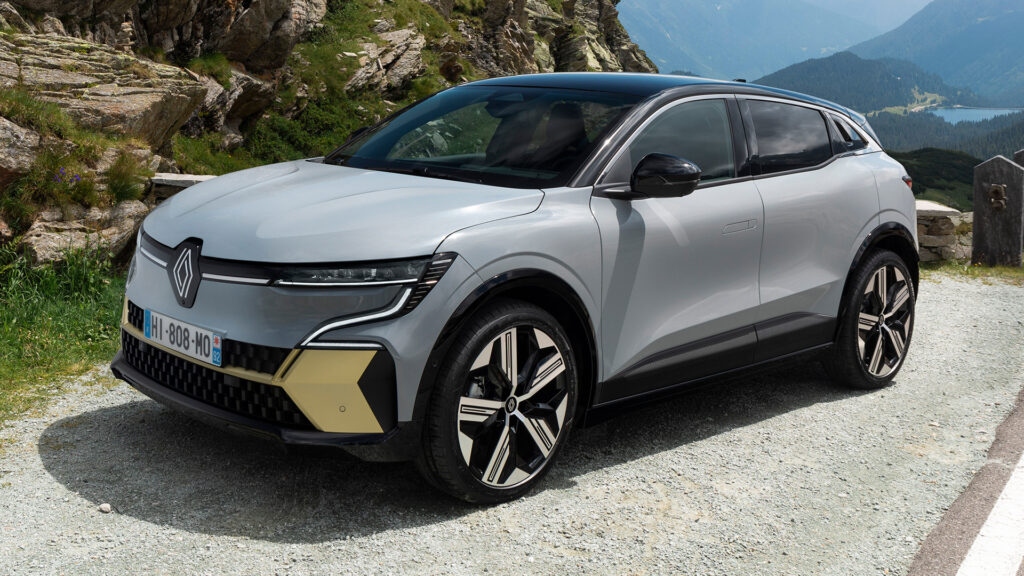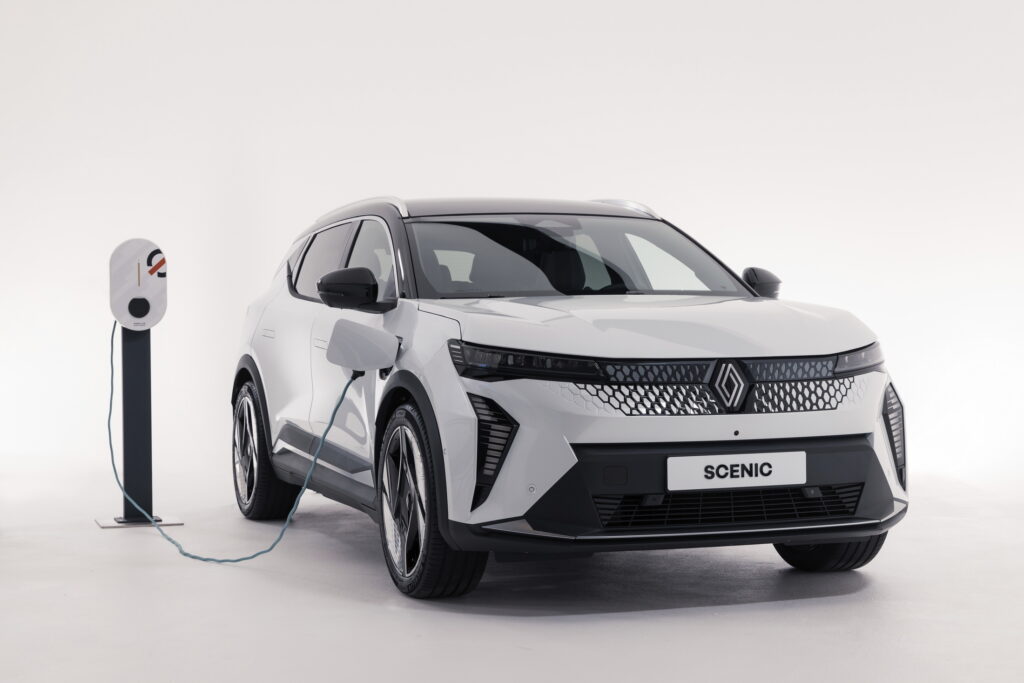China Wants To Put The Brakes On EVs’ Blistering Acceleration

- Draft rule in China proposes cars must take at least 5 seconds to reach 100 km/h after ignition.
- The new regulation could affect a large number of quick-accelerating electrified vehicles.
- An overspeed alarm could also become mandatory for passenger vehicles longer than 6 meters.
The electric vehicle era has ushered in a new reality where more and more new cars are capable of ultra fast acceleration from a standstill. However, China’s latest draft vehicle regulation aims to slow them down considerably. According to a new draft version of the National Standard, all passenger vehicles must take at least five seconds to reach 100 km/h after each ignition.
The draft title “Technical Specifications for Power-Driven Vehicles Operating on Roads” appears to be part of a broader safety and road behavior initiative in China. It is intended to replace the current GB 7258-2017 standard that didn’t include such limits.
More: China Might Kill Electric Flush Door Handles With These New Rules
Section 10.5.4 of the new proposal states: “After each power-on/ignition of a passenger vehicle (excluding automatic engine start-stop), the vehicle should be in a state where the 100 km/h acceleration time is not less than 5 seconds.”
The default performance-restricting mode upon startup could be similar to the output-limiting Eco mode found in most EVs and would be controlled by software. Of course, drivers could always choose a faster mode, but they should repeat the same process each time they start the car. Something similar is currently enforced in Europe with the speed limit warnings that need to be switched off manually.
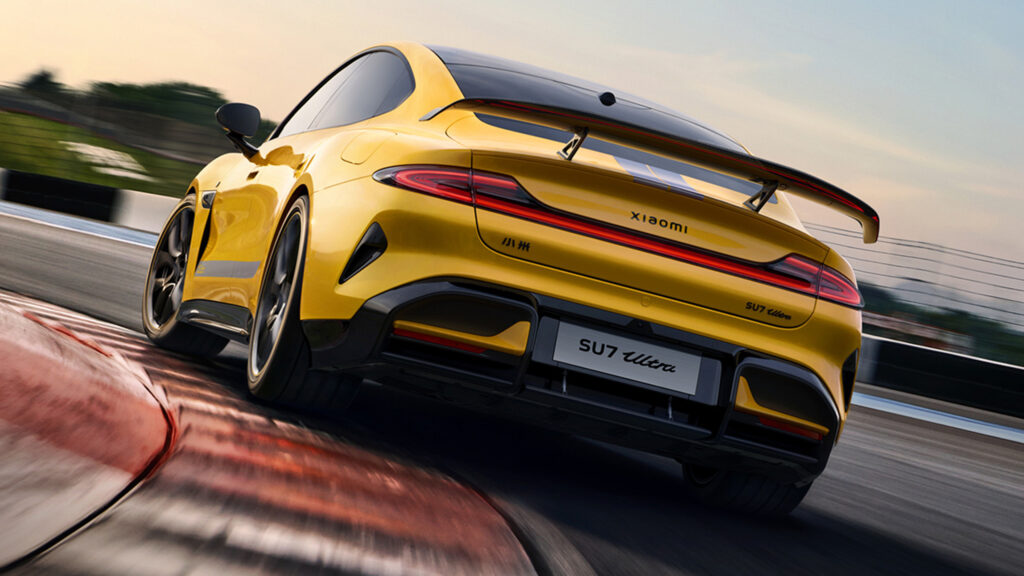
If approved, the new rule would apply to all passenger vehicles in China, independently of the powertrain type. However, it would mostly affect the rapidly growing fleet of ultra-quick EVs. For example, the Xiaomi SU7 Ultra needs 1.98 seconds for the 0–100 km/h sprint, the Zeekr 001 FR takes 2.02 seconds, the Tesla Model S Plaid 2.1 seconds, and the BYD Yangwang U9 2.36 seconds.
Speed Warnings On Your Limo
On another draft titled “Safety specifications for power-driven vehicles operating on roads”, Chinese regulators have another speed-related rule, this time for longer models.
The section 10.5.1 reads: “Passenger vehicles with a length of 6 m or more shall have an overspeed alarm function, capable of triggering an alarm via visual or audible signals when the speed exceeds the maximum permissible speed (the maximum permissible speed shall not exceed 100km/h), except for those with compliant speed limiting functions or devices.”
While the largest minivans and flagship SUVs are under the 6 m (18.7 feet) threshold, this rule could affect stretched limousines. Another victim would be the previous-generation Rolls-Royce Phantom VII Extended Wheelbase that stretched to 6,092 mm (239.8 in), although its successor has shrunk to 5,982 mm (235.5 inches) long.




